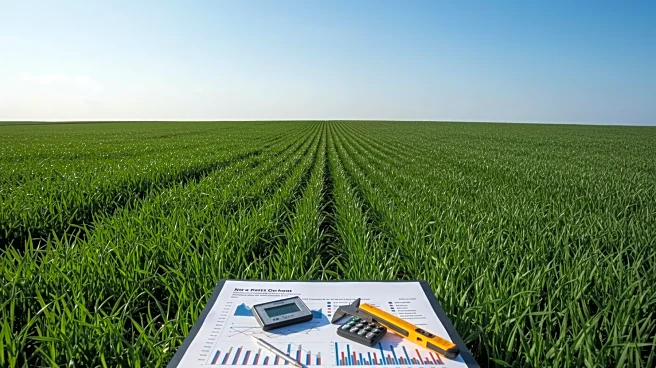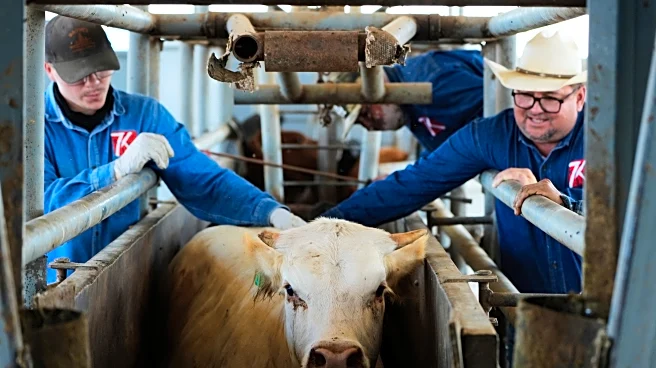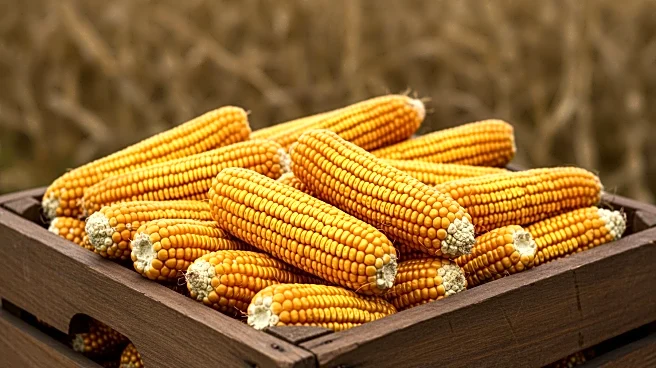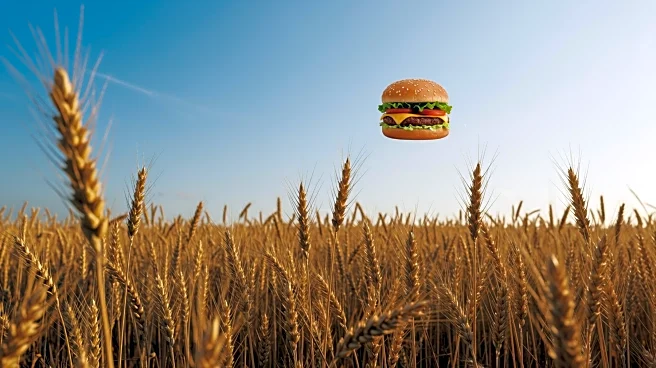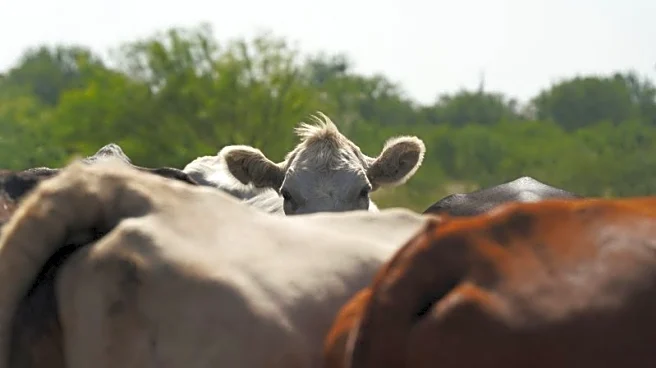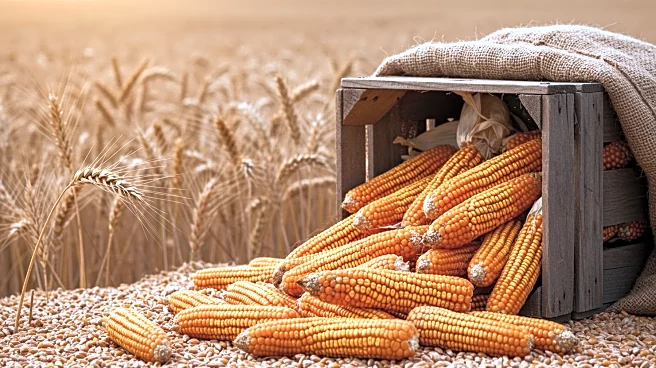What is the story about?
What's Happening?
The state of Nebraska is experiencing a notable discrepancy between cropland acres and base acres, as highlighted by a comparison of the 2024 farm bill enrollment data and the 2022 Census of Agriculture. Cropland acres refer to land used for growing crops or that could be used for crops but is currently fallow. In contrast, base acres are determined by historical planting data and are tied to specific commodity programs managed by the USDA's Farm Service Agency. This distinction is crucial as base acres are used to determine farm payments, which are not necessarily reflective of current production. Nebraska has 21 million acres of cropland according to the 2022 Census, but only 15.89 million acres of base acres as per the 2024 farm bill data. This means that approximately 75% of Nebraska's cropland is supported by farm bill program payments.
Why It's Important?
The discrepancy between cropland and base acres in Nebraska underscores significant challenges in U.S. agricultural policy, particularly in how farm subsidies are allocated. Base acres, which are tied to historical data, do not always align with current agricultural practices, potentially leading to inequitable distribution of farm payments. This situation affects farmers' financial stability and could influence planting decisions, impacting the agricultural economy. The issue is particularly pronounced in western Nebraska, where unsupported crops and wheat-fallow rotations have skewed the ratio of cropland to base acres. Understanding and addressing these disparities is crucial for policymakers to ensure fair and effective support for farmers, which in turn affects food production and rural economies.
What's Next?
Addressing the disparity between cropland and base acres may require policy adjustments in future farm bills to better reflect current agricultural practices and needs. Policymakers might consider revising the criteria for base acres to include more recent planting data or to account for changes in land use. Such changes could lead to more equitable distribution of farm payments and better support for farmers. Additionally, ongoing discussions and analyses at the county level could provide insights into specific regional needs and inform targeted policy interventions. Stakeholders, including farmers, agricultural organizations, and government agencies, are likely to engage in dialogue to address these challenges and advocate for policy reforms.
Beyond the Headlines
The issue of cropland versus base acres also raises broader questions about the sustainability and adaptability of U.S. agricultural policy in the face of changing environmental and economic conditions. As climate change and market dynamics continue to evolve, the ability of farm policies to adapt and support diverse agricultural practices becomes increasingly important. This situation also highlights the need for comprehensive data collection and analysis to inform policy decisions that can effectively support the agricultural sector while promoting environmental stewardship.
AI Generated Content
Do you find this article useful?
